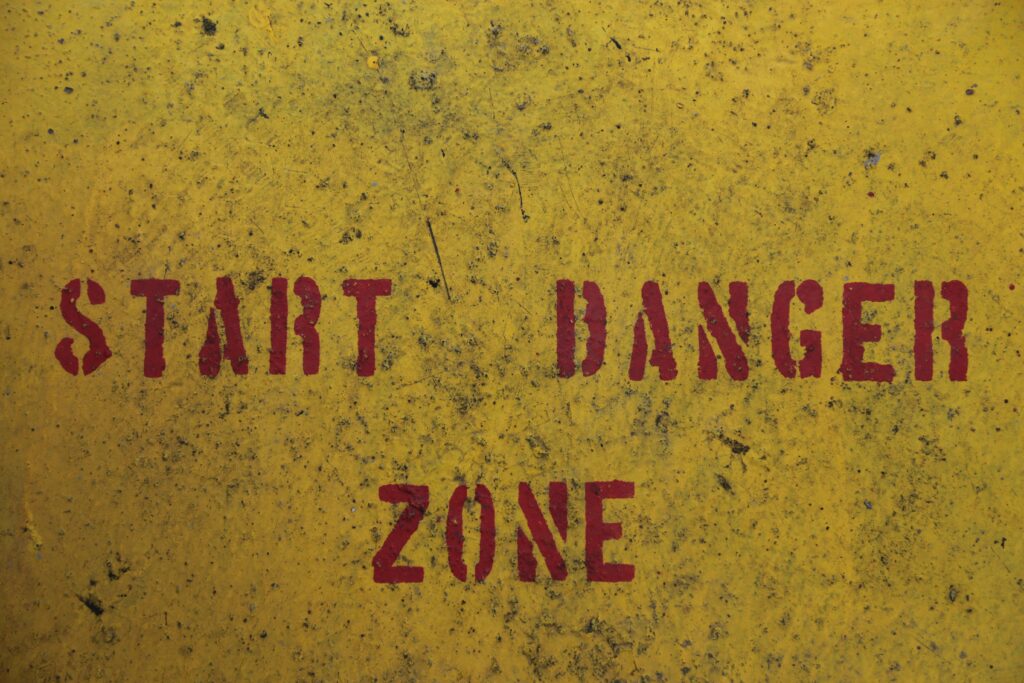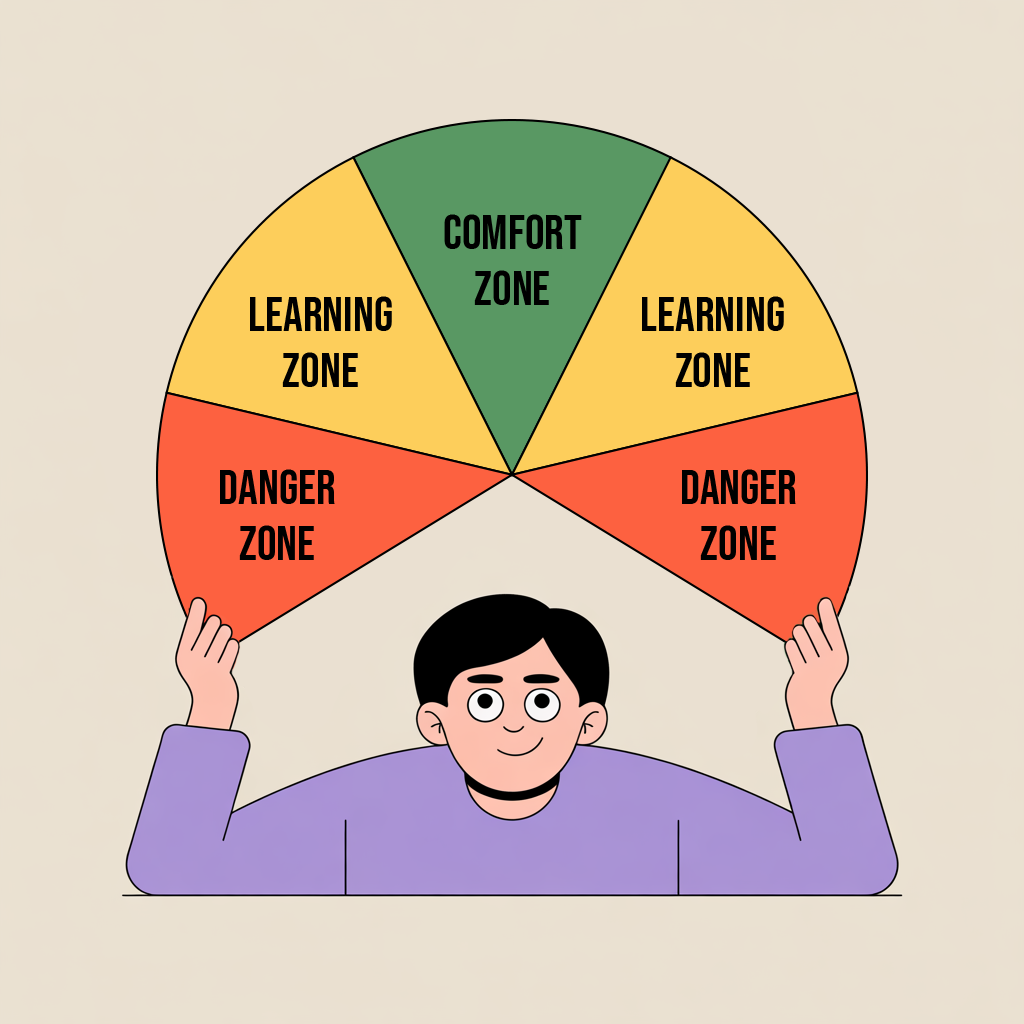
Psychological safety has become a buzzword lately, but I think we often miss the nuance of how it actually works. In my recent post, From Pensions to Psychological Safety: Rethinking Retention in Today’s Workplace, I talked about safety as a cornerstone of retention and loyalty. Let’s build on that by asking: how do you know when your team is in a place where they can truly learn and grow, rather than just surviving?
One of my clients recently had a breakthrough when we discussed this exact question. We looked at three zones: comfort, learning, and danger. Lightbulbs went off as they realized: not everyone on their team was in the same place. Some were coasting comfortably, some were stretched and growing, while others felt flat-out in danger. That insight alone transformed how they began to lead.
Here’s how the zones work:
- In the comfort zone, everything feels familiar. Like driving a car on autopilot, you don’t have to think about it. It feels safe, but you’re not growing.
- The learning zone is where growth happens. It’s like learning to drive a stick shift. You have to pay attention, but the challenge builds skill and confidence.
- Push too far, though, and you’re in the danger zone. This is like rock climbing without a rope. Fear and survival instincts kick in. You’re not thinking about growth anymore — you’re thinking about how not to fall.
The tricky part is that these zones aren’t universal. One person may have a wide comfort zone and thrive under challenge, while another may quickly slip into danger. As leaders, our job is to recognize where each individual is — and adjust accordingly.

This ties directly to Patrick Lencioni’s classic The Five Dysfunctions of a Team. At the very foundation of a healthy team is vulnerable trust: the confidence that I can ask a question, make a mistake, or get something wrong without being punished, humiliated, or made to feel inferior. That’s psychological safety. Without it, every challenge feels like danger. With it, people can stretch into learning without fear.
And here’s the kicker: psychological safety isn’t about comfort. It’s not about protecting people from every hard thing. It’s about creating an environment where discomfort becomes fuel for growth rather than a trigger for fear. The closer we push people to the leading edge of their danger zone, the less they learn. Keep them in the middle of their learning zone, and they thrive.
In today’s world, where even the term “psychological safety” can be misunderstood or dismissed as “woke,” we can’t lose sight of this truth: nobody learns or performs well under duress and fear. Retention, engagement, and growth all live in that middle ground — safe enough to try, stretched enough to grow. That’s where leaders need to focus.
Photo by Bernd 📷 Dittrich on Unsplash
Graphic courtesy of Brian Horne
